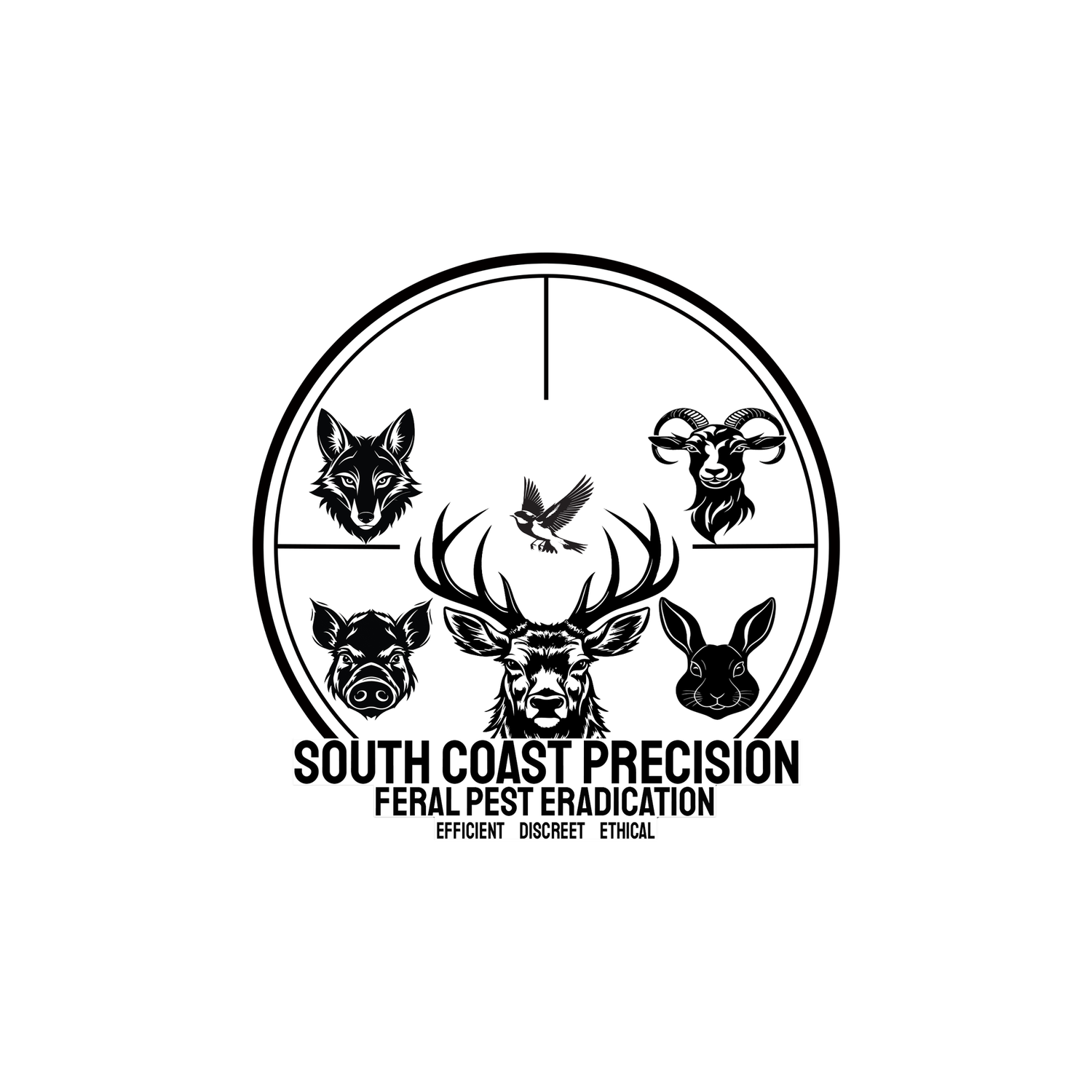
Indian Myna Bird
Indian Myna
Scientific name:
Acridotheres tristis
Common name/s:
Indian Myna
Common Myna
History:
Introduced into Australia around the 1860’s from India as their name implies, the Common Myna was brought over to control pest insects particularly the sugar can beetle and locusts that were causing issues for the sugar cane industry.
Due to their aggressive nature and rapid reproduction plus of cause their ability to fly greatly accelerated their ability to spread across Australia.
Ecology:
Indian Mynas are found all over Australia in both urban and rural settings. They are especially prevalent in:
Queensland
New South Wales
and Victoria
There are also present in some parts of New Zealand.
As their name suggests though they originate from India but can also be found in Southern Asia.
Their diet consists of:
insects
small reptiles
amphibians
fruit and seeds
as well as any human scraps they come across.
Un-eaten pet food left outside is also on the menu.
This vast diet has greatly increased their ability to spread considering they are never short of a meal particularly in and around homes.
The colour of the Indian Myna is a brown body with bright yellow legs and distinctive yellow patches on their heads as well as wings. Their head is black with a bright yellow beak alongside bright yellow markings they encapsulate the eyes.
Their wings consist of a white patch which is noticeable during flight.
In terms of size they stand around 23-25cm. They also create a number of different calls which are loud and frequent, it also has a chattering type of sound.
These characteristics can often have them confused with the native Noisy Myna, however they look very different if you know what to look for.
The typical lifespan of these birds ranges from 5-10 years. During this time they form monogamous pairs that breed for life and will aggressively defend an areas for breeding each year, these areas are normally the same from year to year.
Indian Mynas breed all-year round, this is more apparent in warmer months. In order to breed the make nests within cavities such as hollow trees or where they prove to be a particular problem within people’s roof cavities.
They are also known to overtake the nests of other birds by killing the young or destroying the eggs. In some cases, they will then lay their own eggs in that nest and the unknowing mother of the other species will raise the Indian Myna young, treating the fake young as her own.
A typical clutch of eggs will consist of 4-6 eggs which will hatch at around the 14-day mark
Impacts:
Unfortunately for Australian birds, the Common Myna is highly adaptable and have successfully integrated into human-altered landscapes. These birds have learnt to thrive in urban and suburban environments, making use of parks, gardens and buildings.
This ability to exploit these human environments has made their control and reduction harder due to having more areas to build nests and find food.
Within Australia they cause severe economic affects particularly in the agricultural sector as they feed on crops and fruit trees. This economic impact is also felt in local neighbourhoods where people need to spend money in order to flush them out of their roofs and then repair any damages.
They also feed on livestock feed, foul water sources with their droppings and spread diseases such as bird lice and bird flu.
These can also spread to humans; this is also known as a zoonotic disease. Such issues also pose a threat to those who raise birds and poultry for show, pets or human consumption.
They can also carry and transmit psittacosis to humans as well.
Control methods:
Due to their size trapping is the most common means of controlling these pest birds. These traps function by having a one-way entry, once they enter they can’t leave. Taps are placed in an area and left undisturbed for a few days to allow birds to become use to it.
The trap is then baited with a food source such as fruit and left for a few days to catch the birds. Water is provided in the traps as they are normally left in operation for a few hours to fall in line with animal cruelty laws.
Outside of trapping ground based shooting is often used. The firearms used however aren’t your typical type. Instead high powered and extremely modern PCP or air rifles as they are more commonly known are used.
Once trapped birds are then humanly euthanised via firearm.
These firearms launch at very high speeds a small often lead pellet which humanly and ethically euthanisers the bird.
In some areas, particularly those with fruit trees, exclusion netting is used to deter birds from the area, this is often the least effective method as they will just relocate to another area causing issues there.
Above image sourced from BirdLife Australia.
Call of the Indian Myna Bird





